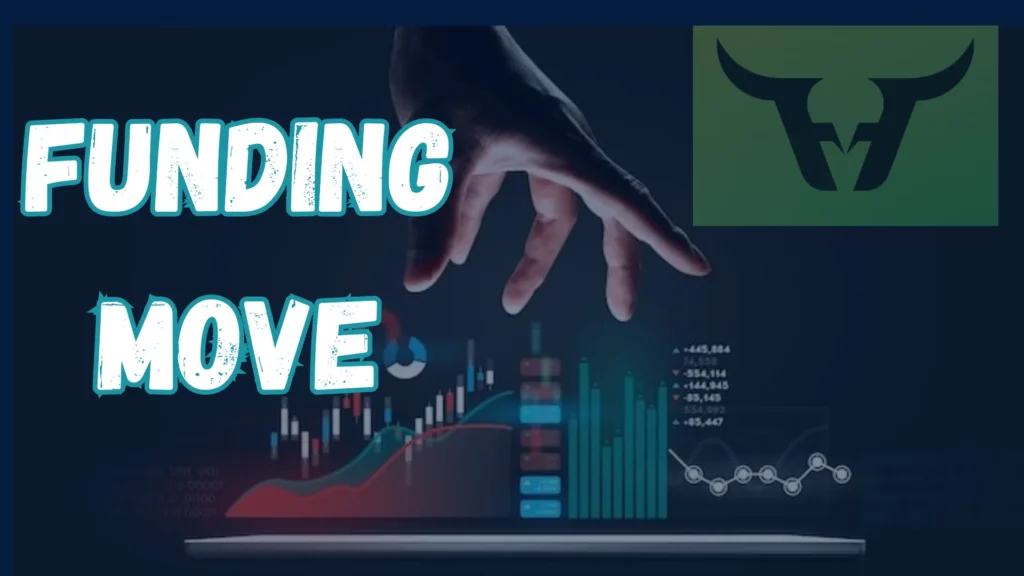What is Forex?
Lesson: 1
Okay, let’s understand something very important in forex trading:
set by your broker or CFD provider.
So, what are these levels? Think of them as alerts or safety nets while trading.
Imagine driving a car without knowing when your gas tank is running low or when you’re going to collide with another vehicle! Isn’t it pretty risky?
Similarly, not knowing your broker’s Margin Call and Stop Out Levels may harm your trading account.
Unfortunately, many traders do not bother to verify these levels before beginning to trade. They just dive in without thinking twice!
However, each broker handles Margin Calls differently. Some treat them the same as stop-outs, which means they will not notify you before closing your trades.
For example, a broker might set the Margin Call Level to 100% without specifying a Stop Out Level. This means that if your margin level falls below 100%, they will close your positions without notice! So, it’s important to understand your broker’s Margin Call and Stop Out Levels. It’s like understanding the rules of the road before you begin driving!
Okay, let’s see how different brokers handle Margin Calls and Stop-Outs.
Some brokers use a two-step strategy. They understand Margin Calls as a warning sign, showing that your positions are becoming riskier. Then there’s the Stop Out, which is the last line before your positions are automatically closed.
For example, a broker may set the Margin Call Level at 100% and the Stop Out Level at 20%.
So, what exactly does this mean for you? If your Margin Level falls below 100%, your broker will issue a warning. It’s like your last chance to close the trade or add extra dollars. If you ignore this warning and your Margin Level drops to 20% or lower, your broker will automatically close your positions.
So, what happens if your margin level continues to shrink and reaches 20%? Your broker is going to head another shot and instantly close your position. They do this at the most competitive potential prices.
Let’s speak about what a ‘Margin Call’ means, depending on your broker:
If your broker has a separate Stop Out, they will notify you when your account equity falls below the appropriate Margin Level %. Essentially, this means that your account no longer has enough equity to cover your open positions.
If there is no separate Stop Out, your broker will take action automatically. They begin closing your trade, beginning with the least profitable ones, until your Margin Level returns to where it should be.
If you receive a Margin Call and are confused about what to do next, do not worry! I have a diagram to show you exactly what will happen to your trade(s).
Assume your Margin Call and Stop Out Levels are separate. Think of the Margin Call as a warning sign, and the Stop Out as the action done to keep your account from going negative.
With a ‘warning shot’ like the Margin Call, traders have time to alter their positions before unintentional liquidation occurs. This differs from the traditional strategy, which uses the identical Margin Call and Stop Out Levels – no warning, simply automatic liquidation.
Remember, you must make sure your account satisfies the margin requirements. If not, your broker may liquidate your positions.
But there’s good news: with an in-depth knowledge of margin trading, stop losses, correct position sizing, and risk management, you can easily avoid a stop out.
Overleveraging is a common cause of margin calls and stop outs. More leverage might result in larger returns, but it also results in larger losses. So be cautious, the more leverage you utilize, the faster your losses will increase.
Start free registration of forex-funded accounts

Lesson: 1
Lesson: 2
Lesson: 3
Lesson: 4
Lesson: 5
Lesson: 6
Lesson: 7
Lesson: 8
Lesson: 9
Lesson: 10
Lesson: 11
Lesson: 12
Lesson: 13
Lesson: 14
Lesson: 15
Lesson: 16
Lesson: 17
Lesson: 18
Lesson: 19
Lesson: 20
Lesson: 21
Lesson: 22
Lesson: 23
Lesson: 24
Lesson: 25
Lesson: 26
Lesson: 27
Lesson: 28
Lesson: 29
Lesson: 30
Lesson: 31
Lesson: 32
Lesson: 33
Lesson: 34
Lesson: 35
Lesson: 36
Lesson: 37
Lesson: 38
Lesson: 39
Lesson: 40
Lesson: 41
Lesson: 42
Lesson: 43
Lesson: 44